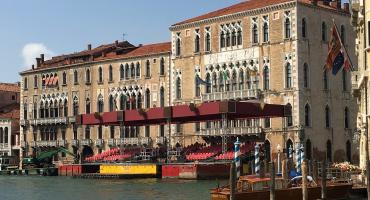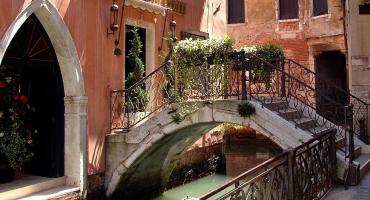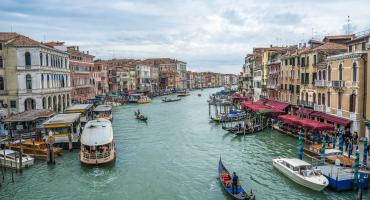The Historical Regata is one of the most picturesque and moving tradition festivities of Venice, attracting Venetians and tourists every year.
An historical procession of 16th century style boats, headed by the famous Bucintoro, symbol of the Serenissima, goes through the Grand Canal, to commemorate the welcome given to Caterina Cornaro, wife of the King of Cyprus, in 1489, after she renounced her throne in favour of Venice.
After the procession comes the competition, with thousands of spectators participating every year, crowded along the banks, in the floating stands, or even better in one of the boats moored along the Grand Canal, with their shouts of encouragement, while the multi-coloured boats speed past.
The earliest historical evidence of the regata dates from the second half of the 13th Century, during the festa delle Marie.
However, but it is probable that the competition was already popular at that time: Venice was essentially a sea city and reserves of expert oarsmen were always a prime necessity.
The modern regata born in 1841, when their organization was given to the municipality of Venice, and after 1866, when Venice became part of the Italy kingdom, this tradition became an event to celebrate the glorious past of the Serenissima.
In 1899 the event was named Regata Storica, by the ancient mayor, Filippo Grimani.
Every year, the first sunday of september, takes place several competitions with boats. Many different types of boats take part in the Regata Storica: the "gondolino", the "caorlina", the "mascareta", the "pupparin", and, of course, the gondola, the Venetian boat par excellence.
The boats start from Sant'Elena, go through the Grand Canal, until the railway station of Santa Lucia.
The prize-giving takes place in front of Ca' Foscari palace.



